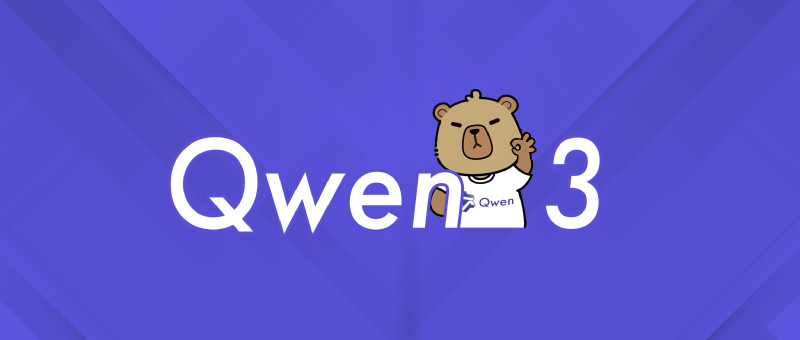Exploring LLM Training and Finetuning with My New Project
In the rapidly evolving world of artificial intelligence and machine learning, large language models (LLMs) have become a cornerstone for various natural language processing tasks. Whether it’s chatbots, content generation, translation, or sentiment analysis, LLMs are at the heart of many modern applications.
Today, I’m excited to introduce my new GitHub project: LLM_training_and_finetune — a repository dedicated to exploring the training and fine-tuning of powerful language models.
What is This Project About?
The LLM_training_and_finetune project aims to provide a hands-on guide and set of tools for training and customizing large language models. Whether you’re just starting out or looking to dive deeper into advanced techniques, this project serves as a foundation for experimenting with different approaches to model training and optimization.
Key Features
- Scripts and utilities for training large language models from scratch.
- Fine-tuning strategies for adapting pre-trained models to specific use cases.
- Support for various frameworks like Hugging Face Transformers, PyTorch, and more.
- Documentation and examples to help users get started quickly.
Why This Matters
As AI becomes more integrated into our daily lives, the ability to tailor these models to fit specific domains or languages becomes increasingly important. By sharing this project, I hope to contribute to the growing community of developers and researchers who are pushing the boundaries of what’s possible with LLMs.
Getting Started
If you’re interested in exploring how to train or fine-tune language models, here’s how you can get started:
Clone the Repository:
1git clone https://github.com/gwzz/LLM_training_and_finetune.gitExplore the Folder Structure:
The repository includes detailed directories for datasets, training scripts, configuration files, and documentation.Follow the Instructions:
Check out the README file for setup instructions, dependencies, and example workflows.Contribute or Ask Questions:
Feel free to open issues or pull requests if you’d like to contribute or need help understanding any part of the code.
Roadmap
This project is still in its early stages, but I plan to expand it significantly over time:
- Adding support for distributed training across multiple GPUs.
- Incorporating evaluation metrics and benchmarking tools.
- Providing tutorials on domain-specific fine-tuning (e.g., medical, legal, finance).
- Sharing insights and best practices learned during experimentation.
Final Thoughts
Whether you’re a researcher, developer, or enthusiast, I invite you to explore LLM_training_and_finetune and join me in uncovering the potential of large language models. Together, we can build smarter, more efficient systems that adapt to the unique needs of every application.
Thank you for reading, and don’t forget to star the repository if you find it useful!
